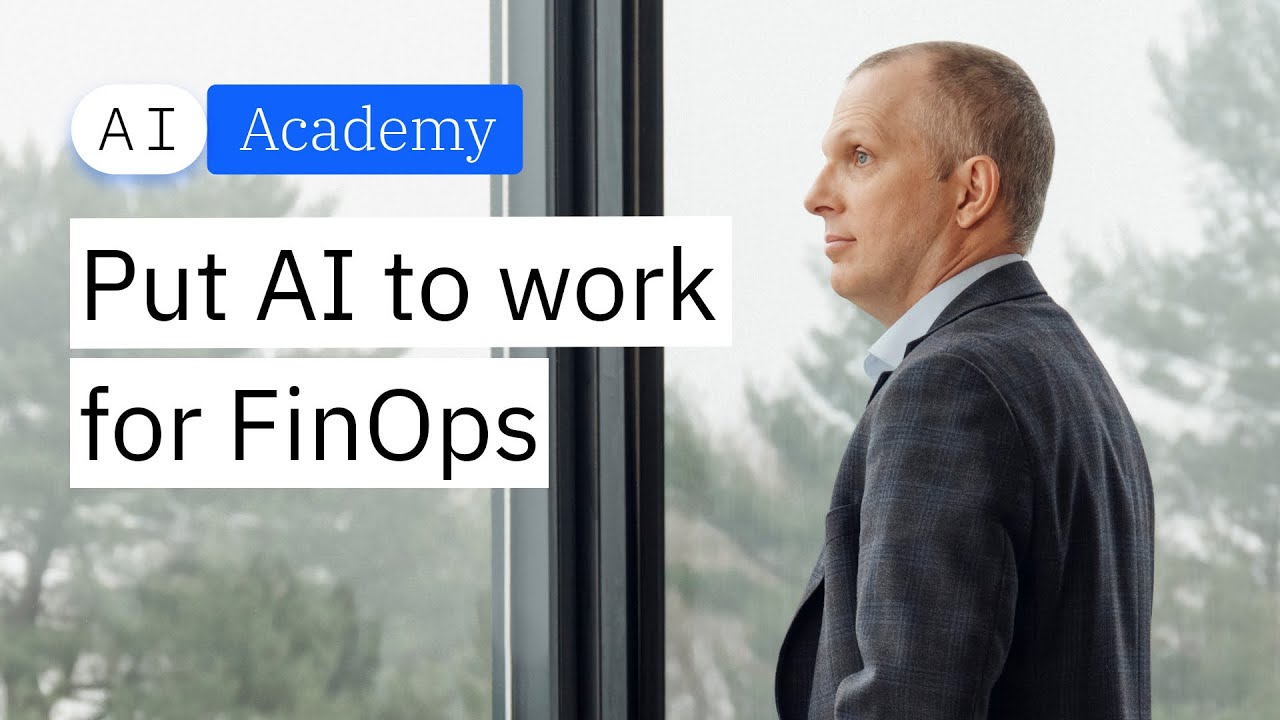In the video, Bill Loic discusses the importance of FinOps in managing cloud spending and resource allocation, emphasizing the need for transparency and oversight to prevent wasteful costs incurred by developers. He outlines the FinOps framework’s three phases—inform, optimize, and operate—highlighting how AI and generative AI can enhance decision-making, identify savings opportunities, and foster a culture of continuous improvement in financial accountability.
In the video, Bill Loic, Vice President of IT Automation Product Management at IBM, discusses the critical role of FinOps in managing cloud spending and resource allocation within organizations. He highlights that while CIOs are not typically scrutinized for application spending, they face significant pressure when system outages occur during peak times, such as Black Friday or open enrollment periods. The lack of transparency and the potential for waste in technology usage are alarming, as developers can easily incur costs without proper oversight. Therefore, there is a pressing need for CIOs and finance teams to gain better visibility into cloud resource consumption.
FinOps is introduced as a framework designed to maximize the business value of cloud investments while ensuring financial accountability. It aims to break down silos between teams and establish a common language for all stakeholders involved. By empowering developers with tools to understand and optimize their spending, FinOps facilitates more informed decision-making regarding cloud resource allocation. The framework consists of three phases: inform, optimize, and operationalize, each of which can be enhanced through the use of AI and generative AI technologies. Learn more with AI Academy → AI Academy | IBM
In the “inform” phase, the focus is on providing stakeholders with the necessary information to make data-driven decisions about cloud usage. Generative AI plays a crucial role in this phase by offering insights into how applications consume resources, enabling better cost tagging and forecasting. This increased visibility is essential, as effective management requires a clear understanding of resource consumption patterns. Additionally, conversational AI can simplify the process of analyzing spending trends and anomalies, reducing the need to navigate complex dashboards.
The “optimize” phase builds on the insights gained in the first phase, allowing users to identify further savings opportunities. This involves analyzing actual technology usage against allocated resources, enabling actions such as suspending unused resources or resizing allocations. Generative AI can assist in detecting spending patterns and trends, particularly when expenditures deviate from expectations. With these insights, organizations can enhance their budgeting and forecasting accuracy, minimizing the risk of overspending.
Finally, the “operate” phase emphasizes the automation of FinOps practices and the cultivation of a culture focused on continuous improvement. While optimization centers on technology, operation is about fostering a mindset that prioritizes value and outcomes. By leveraging AI insights, organizations can identify seasonal spending patterns and gain a granular understanding of budget allocations. Ultimately, FinOps, combined with AI, empowers IT leaders to demonstrate the value of their spending, linking it directly to operational outcomes and justifying ongoing funding to enhance business performance. AI news moves fast. Sign up for a monthly newsletter for AI updates from IBM → https://ibm.biz/BdKSeu
